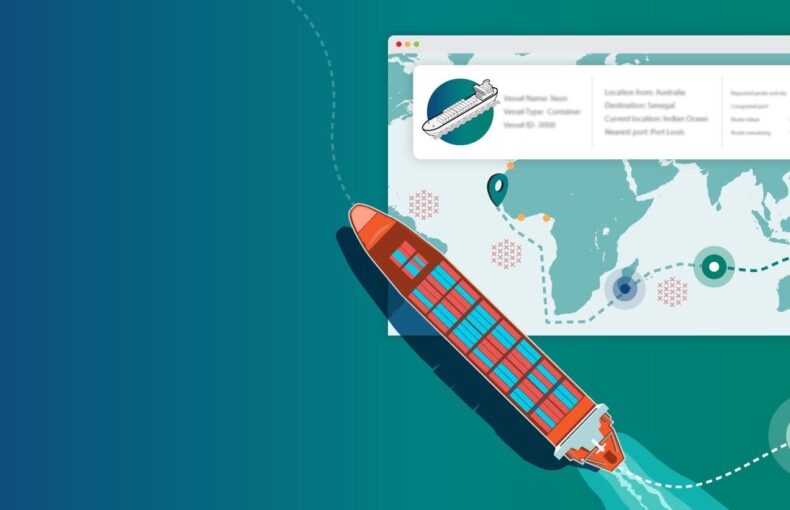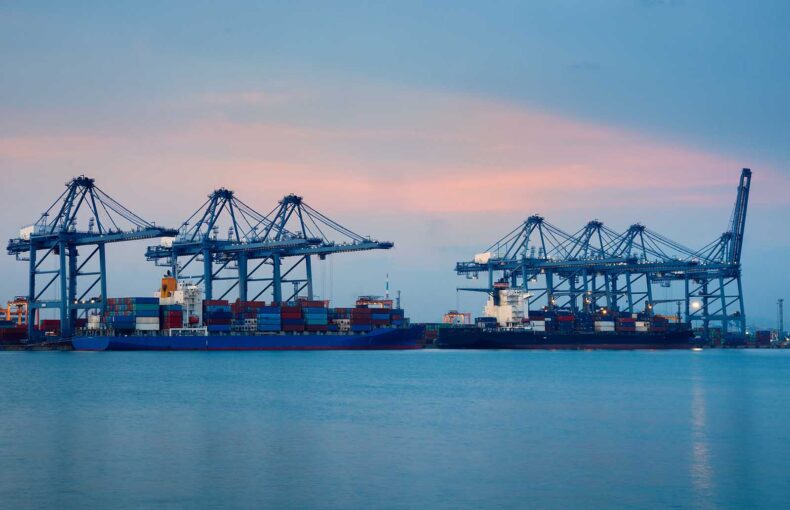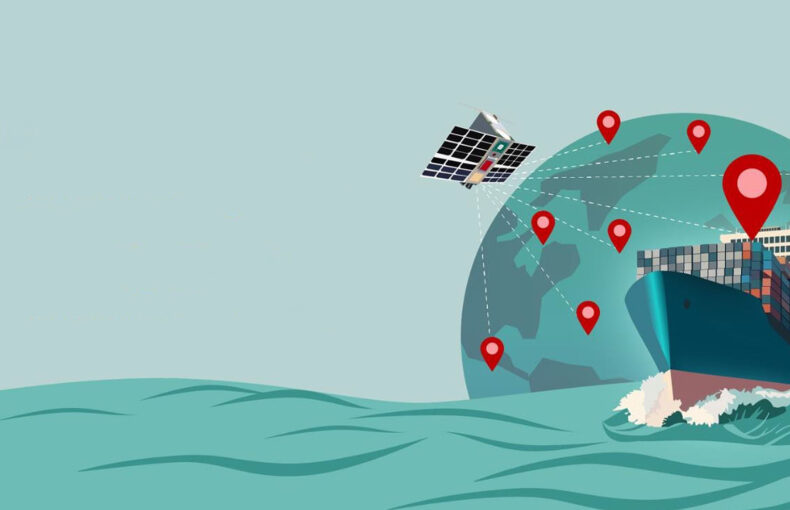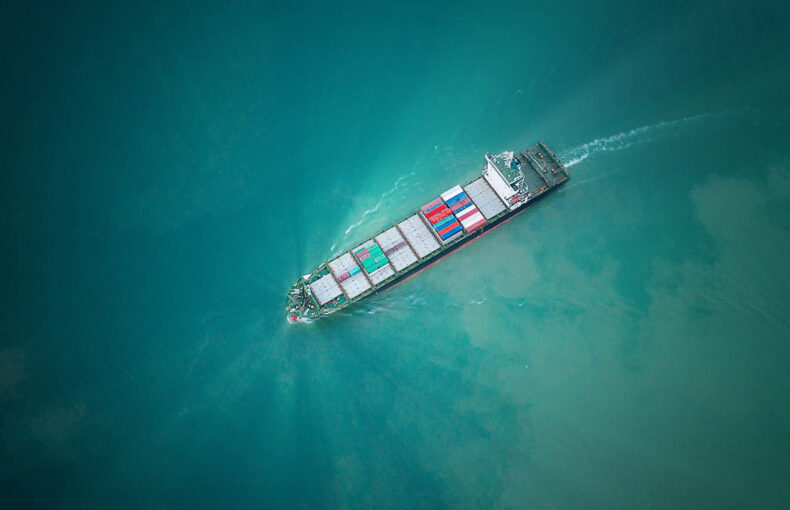Combining innumerable data points to tell an essential story
In the “Combining AIS Data With Vessel Characteristics Data” webinar, our subject-matter experts explain the wide range of insights made accessible using the wealth of information gleaned from not only vessel-tracking AIS but other granular data that is now available.
Karl Jeffery, co-founder of a leading authority on information technology and innovation in the commercial shipping industry The Digital Ship, moderates the roundtable discussion. Joining him are myself, Spire’s Data Operations Manager, and Rose Jakobs and Fabian Crabus from the German startup Seabo, a web-based all-in-one management platform for the shipping industry.
Satellite AIS is a powerful tool
The power of being able to track the movement of vessels around the globe from the signals their AIS transponders ping to a fleet of satellites should not be taken for granted. It’s been a boon in making shipping safer and more dependable over the past two decades, especially when they are far from shore.
How to do more with AIS data
But recent advances in what’s been dubbed the Big Data revolution now allow for the gathering of far more information and many more ways to use it.
As Erik Brynjolfsson, a professor at MIT Sloan School of Management, puts it: “This ‘Big Data’ revolution is occurring mainly because technology enables firms to gather extremely detailed information from, and propagate knowledge to, their consumers, suppliers, alliance partners, and competitors.”
Today, AIS tracking data can be combined with a wide range of individual vessel characteristics, such as ownership and certification details, construction history, dimensions and capacity, propulsion and fuel type, cargo inventory, and recent equipment upgrades.
And it’s not just the tracking of this information; it’s the propagating knowledge part. Over a decade’s worth of historical trends are now available. By analyzing the historical routes used by different types of vessels, market opportunities can be recognized, needed upgrades in port infrastructure predicted, or rising demand for specific types of vessels anticipated.
More data leads to better decision-making
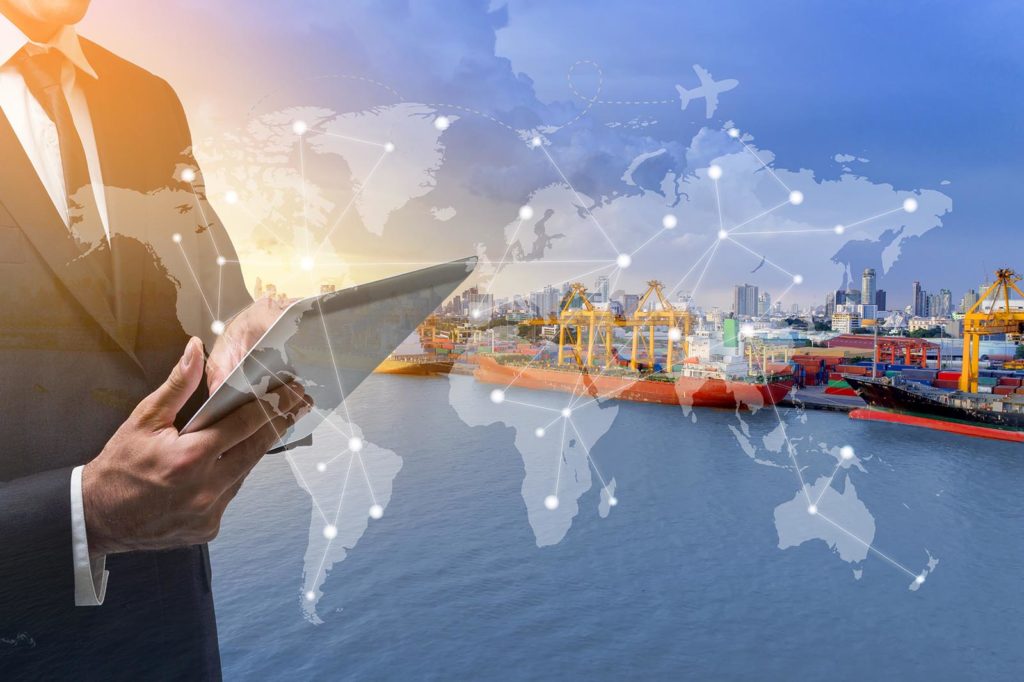
This kind of related information, layered over specific geographic areas and time periods, can provide a wide range of stakeholders with an understanding that can drive efficiencies and opportunities.
Following trends like where differently aged vessels are active globally can give shipbuilders a better idea of what types of ships should be on the drawing board. Cargo agencies can get a detailed view of vessels that might be suitable and available for their needs in the vicinity of a specific port. Customs agents and port authorities can track the certificates and bills of lading of vessels that will be entering their port in the coming days or weeks and make better infrastructure and workforce decisions.
Shipowners, port managers, cargo agents, and border control agencies have been processing this kind of information for many years, but the difference is how wide and quick the information net is with current AIS and vessel characteristics data. There are now more detailed indicators available and, thus, less guesswork required. This level of data science improves the knowledge base and decision-making of stakeholders making big decisions that involve significant investments with returns that play out over long timeframes in a complex global market.
Seabo plugs in Spire AIS data
![]() The German startup Seabo provides a wide range of vessel data to brokers and charterers. It has built powerful tools that combine AIS, vessel characteristics data, and other sources of information. One of its core offerings is its dashboard, which provides clients with a bird’s-eye view of the current shipping market. It helps cargo agents and vessel owners make the kinds of deals necessary to keep the supply chain moving in an economic sector known for its opaqueness.
The German startup Seabo provides a wide range of vessel data to brokers and charterers. It has built powerful tools that combine AIS, vessel characteristics data, and other sources of information. One of its core offerings is its dashboard, which provides clients with a bird’s-eye view of the current shipping market. It helps cargo agents and vessel owners make the kinds of deals necessary to keep the supply chain moving in an economic sector known for its opaqueness.
The macro view of the market that Seabo provides is built with many micro tools that feed information into their dashboard. By incorporating a wide range of AIS data and vessel characteristics information, a complex web of information can be shared.
Seabo has recently been incorporating Spire’s AIS and Vessel Characteristics data—which Crabus describes as “one of the best data sets there are”—into its product line. This case study is featured in the webinar.
“AIS is a data format from hell. It’s error-prone, easy to spoof, easy to manipulate. So, one single message is just a blip, a flag, a short glow of a firefly. Only if you combine millions and billions of data points do these blips actually tell a story,” explains Crabus. The good news is, that there are solutions. Spire offers APIs, data cleansing, and filtering that remove the pain from processing raw AIS data for clients.
Want to know more about how the combination of AIS and vessel characteristics data can drive better decision-making?
If so, watch our “Combining AIS Data With Vessel Characteristics Data” webinar.
 Written by
Written by